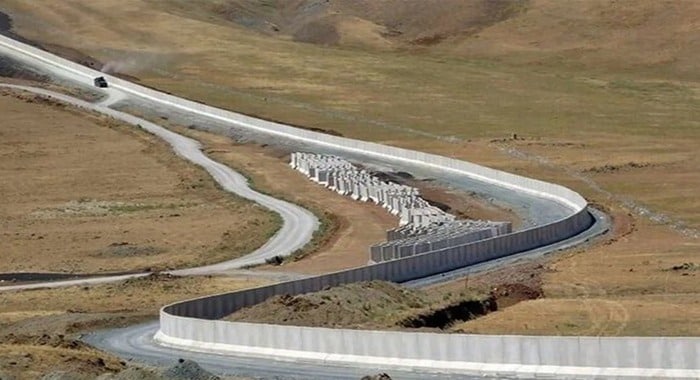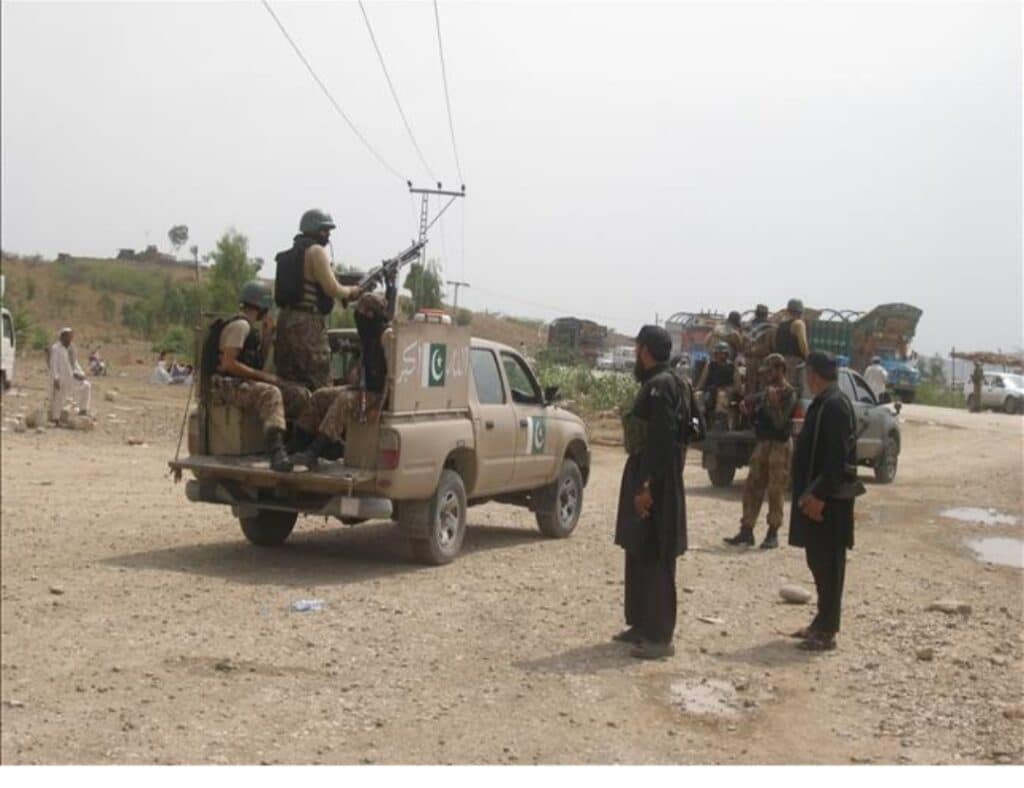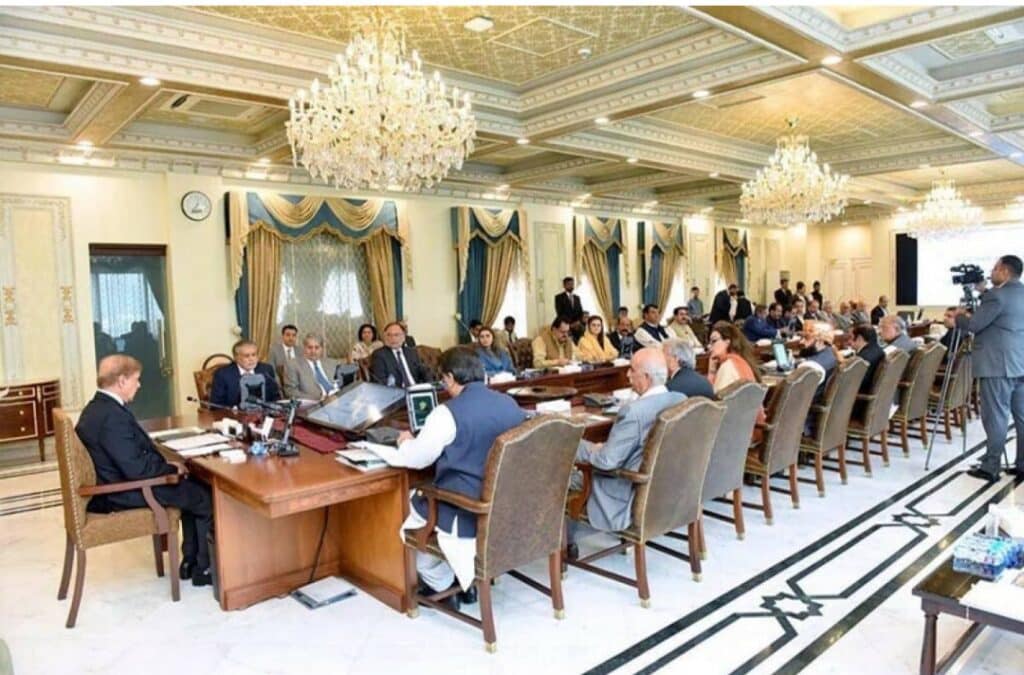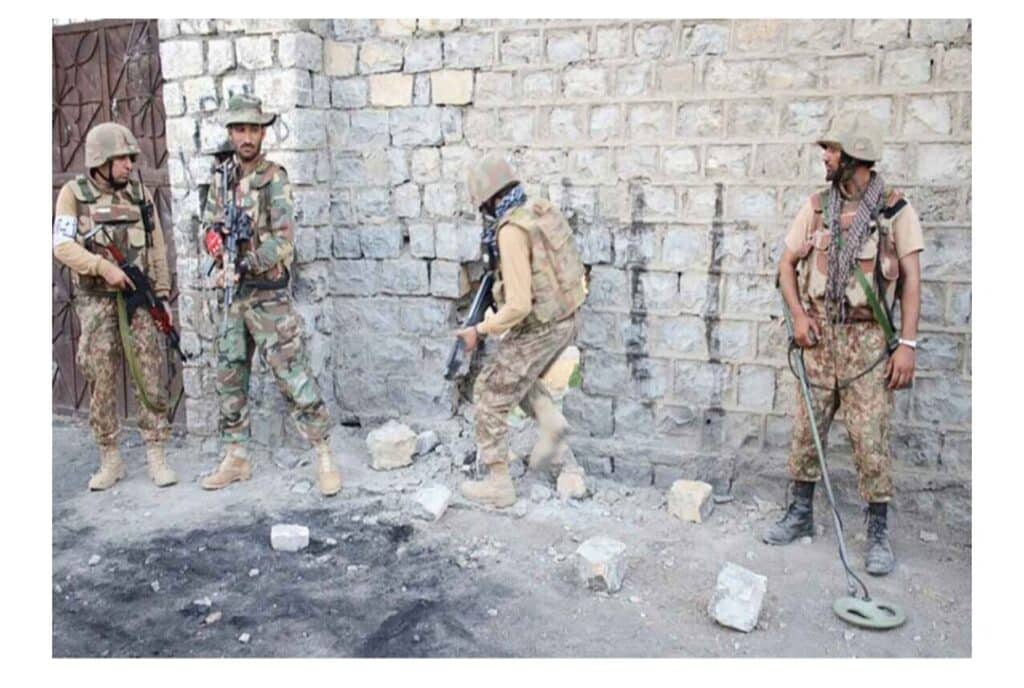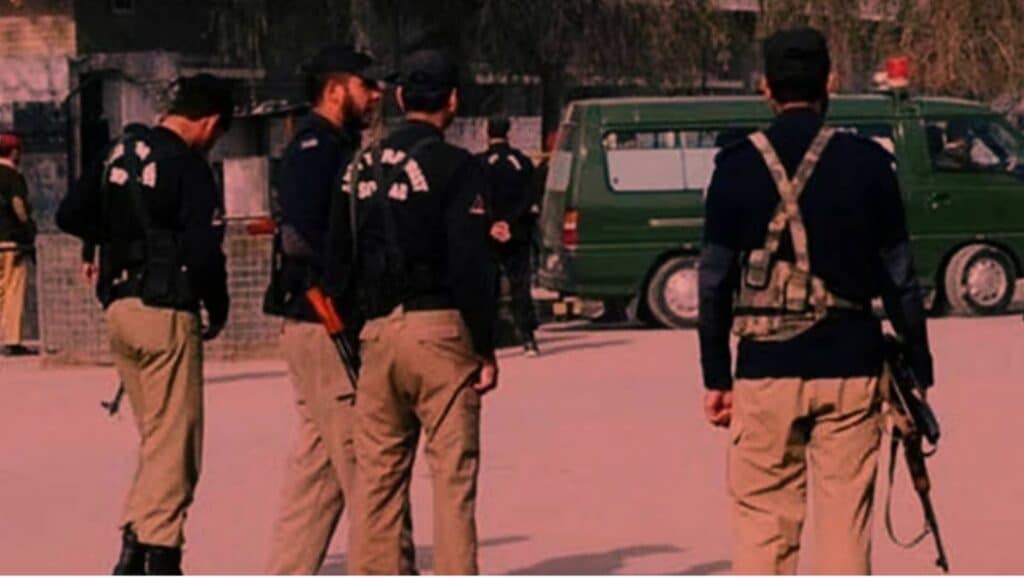In a significant move to tighten border security, Iran has equipped its eastern border wall with Afghanistan with advanced weaponry and surveillance technologies, officials announced, marking a new phase in the country’s efforts to combat cross-border threats.
Iran’s Army Ground Force Commander, Brigadier General Amir Kiomars Heydari, said the fortified barrier is part of a comprehensive four-year plan—now expected to be completed within three years—to curb illegal crossings, prevent security threats, and combat drug trafficking along the 900-kilometer frontier.
“This is not just a wall; it is a technologically advanced defense project,” Heydari noted, explaining that the initiative includes a four-meter-high barrier, state-of-the-art surveillance systems, and intensified patrol operations. The project is being implemented by specialized units of the Iranian Army Ground Force, particularly those stationed in Razavi Khorasan province, which borders Afghanistan.
In a parallel statement, Major General Hossein Mousavi, head of the Iranian Armed Forces Engineering Directorate, confirmed that 30 kilometers of the wall have already been completed, with another 50 kilometers nearing completion. He emphasized that the project’s primary objective is to thwart the infiltration of terrorists and drug traffickers—two of the most pressing security challenges in the region.
“This marks the first time Iran has launched such an extensive and sophisticated border closure operation,” Mousavi said, underscoring the strategic importance of sealing the porous border to ensure national security and regional stability.
The Iranian government’s renewed border strategy is widely viewed as a direct response to growing concerns over instability in neighboring Afghanistan, particularly the increasing threats posed by insurgent groups and narcotics smuggling networks.
Officials say the multi-layered border security operation is designed not only to enhance Iran’s territorial sovereignty but also to contribute to broader efforts to stabilize the region by curbing illegal movements and safeguarding critical border zones.

